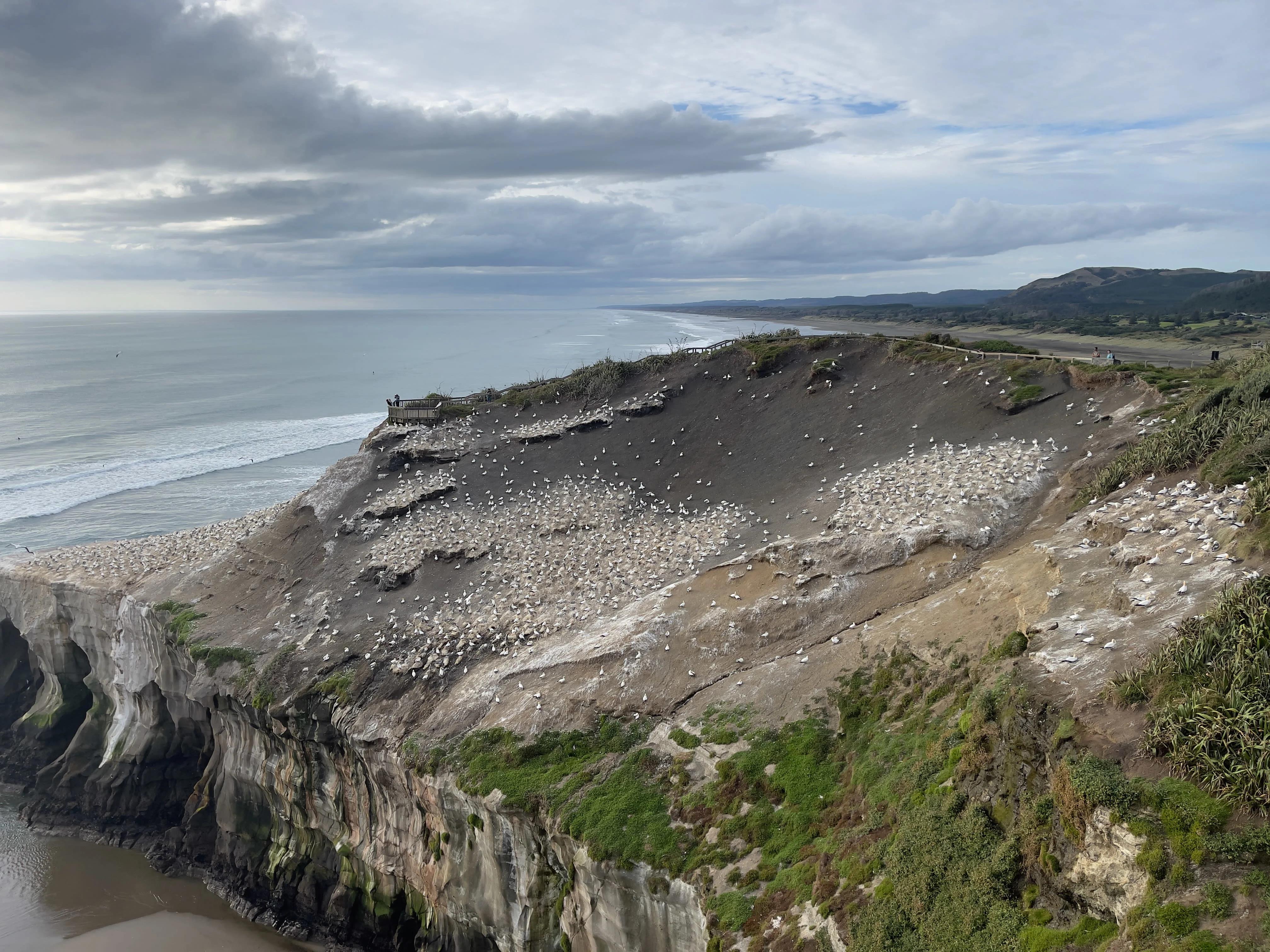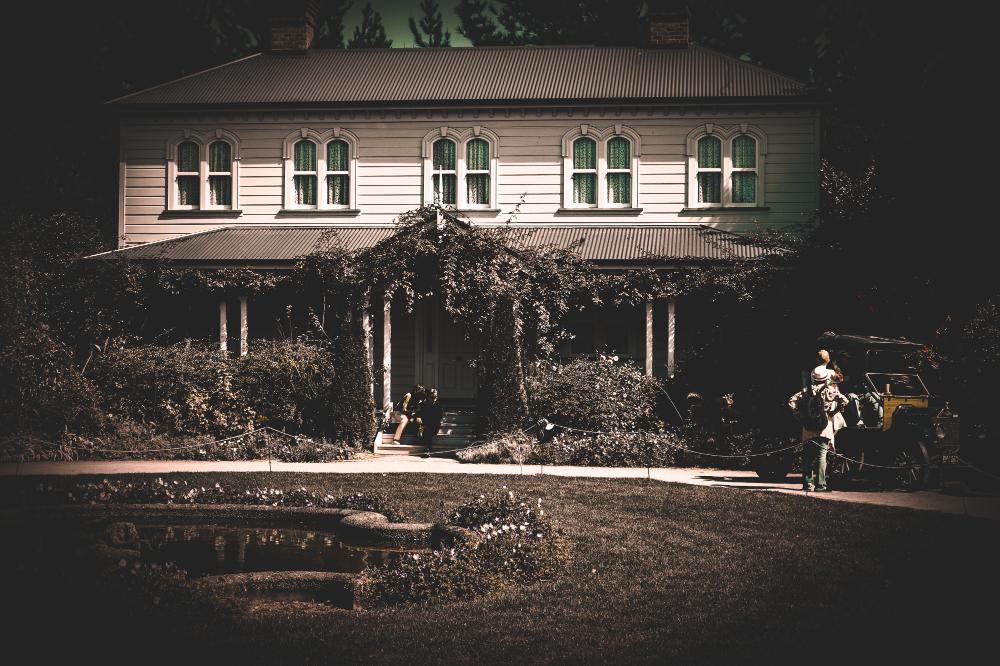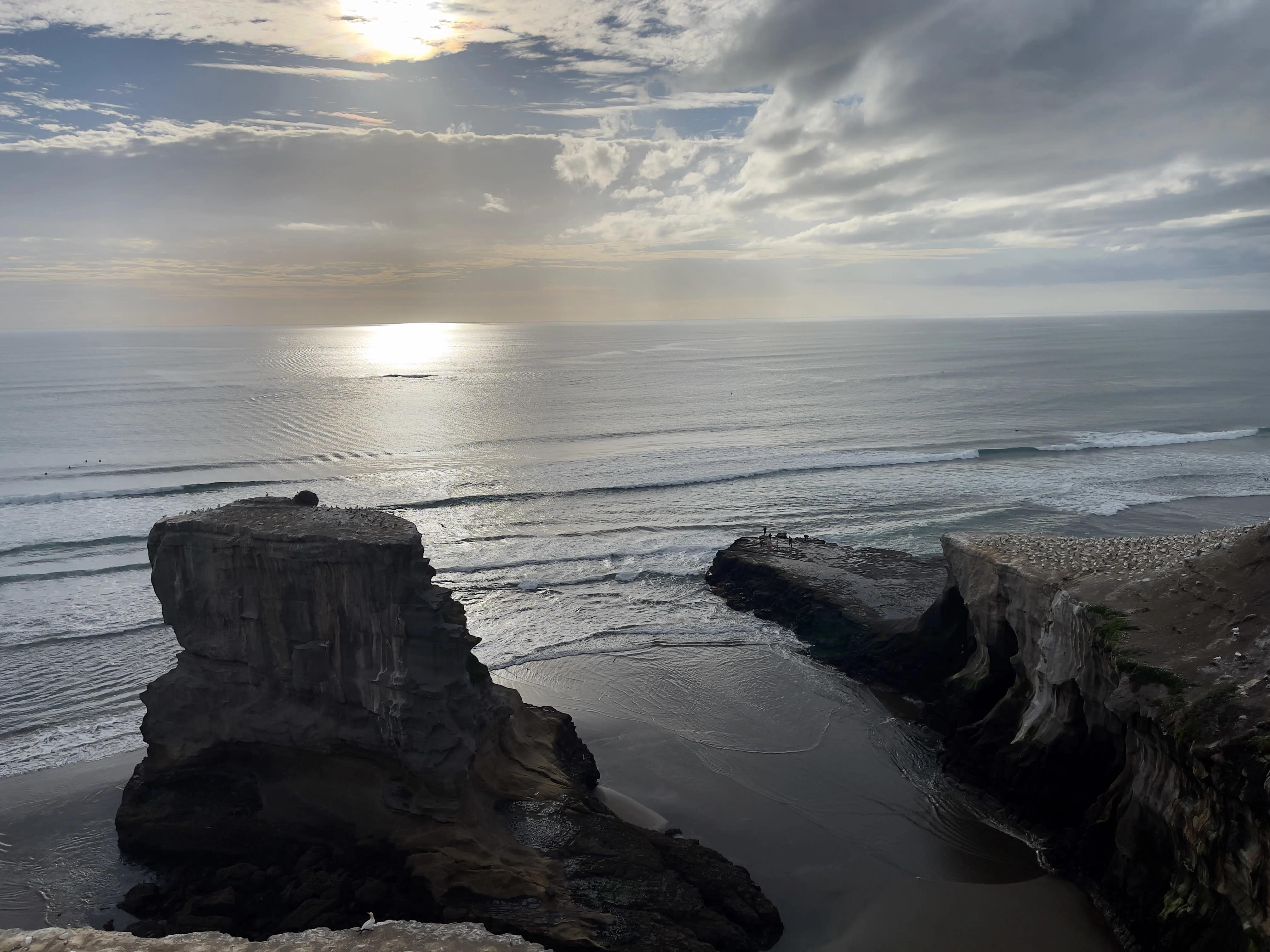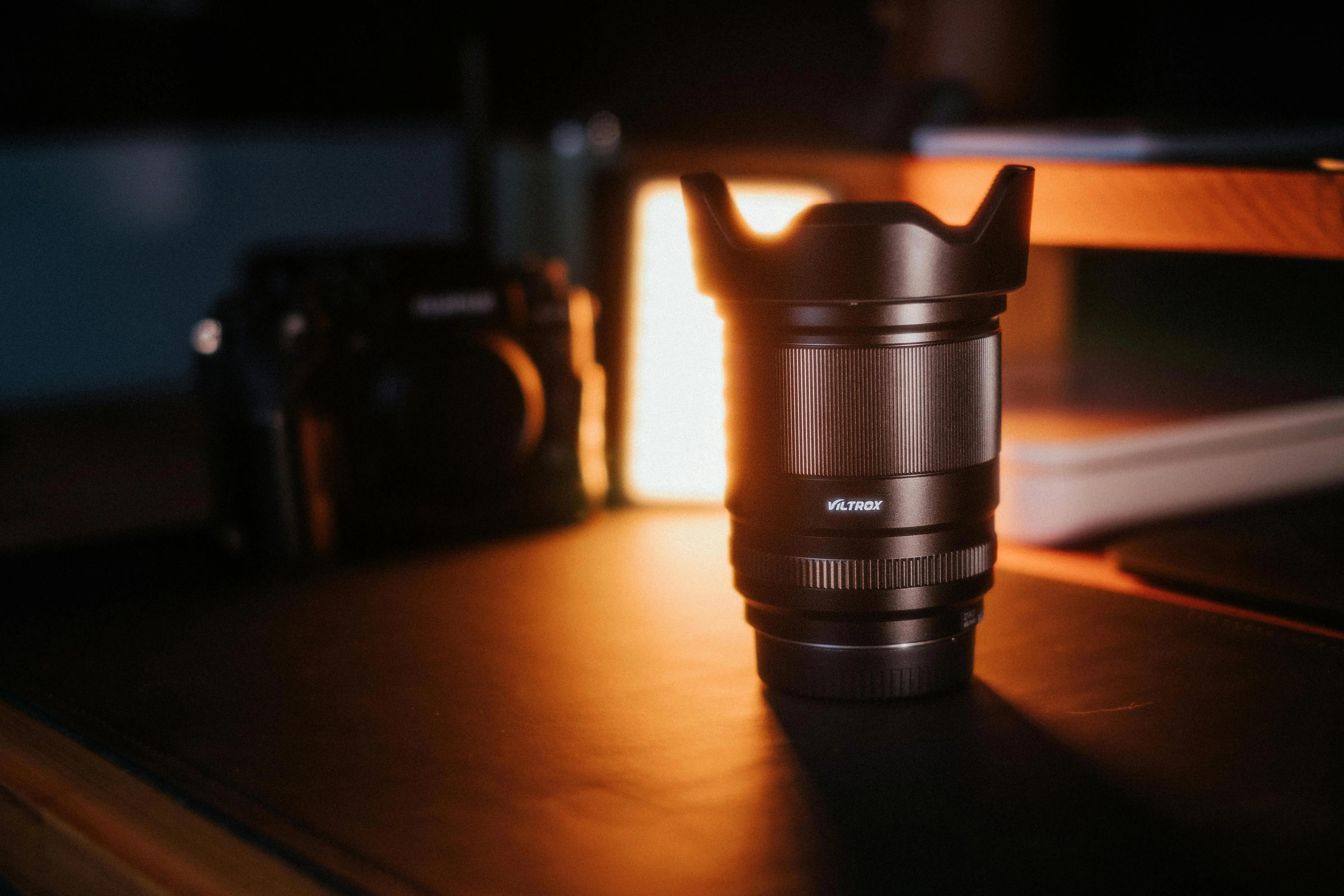Witnessing the Spectacle of Muriwai’s Gannet Colony
Standing at the viewing platform at Muriwai’s gannet colony, you’re immediately struck by the magnificent spectacle of thousands of gannets nesting on the rugged clifftops. The air is alive with the graceful dance of these large seabirds as they soar on coastal updrafts, their distinctive black-tipped wings spanning up to two meters wide. It’s a breathtaking natural display, offering an intimate glimpse into the lives of these remarkable seabirds.
A Natural Wonder on Auckland’s West Coast
The Muriwai gannet colony is one of only three mainland gannet colonies in New Zealand. From August to March each year, these seabirds return to the cliffs of Motutara and Ōtakamiro Point to build nests, engage in elaborate courtship displays, and raise their young. It’s a bustling, energetic scene as thousands of birds jostle for space, feed their chicks, and prepare for their long migratory journeys.
The Best Viewpoints and Walking Tracks
Unlike many wildlife encounters that require a distant vantage point, Muriwai’s purpose-built viewing platforms put you right at the heart of the action. From these elevated spots, you can watch the gannets up close as they nurture their chicks and interact with their partners.
Muriwai’s gannet colony is accessible via two main walking tracks:
Takapu Refuge Walk (25 minutes return)
- Easy, well-maintained track suitable for most fitness levels
- Two viewing platforms offering spectacular perspectives
- Informative signage explaining gannet behavior and their life cycle
Maukatia (Maori Bay) Track
- A more challenging walk with panoramic coastal views
- Access to additional viewpoints along the cliffs
- A great choice for photographers and nature enthusiasts
Best Times to Visit
- Peak Season: August to March (breeding season)
- Best Time of Day: Early morning or late afternoon for softer lighting and the most bird activity
- Photography Tips: A zoom lens is helpful, but even smartphone cameras can capture incredible shots from the viewing platforms
Conservation and Wildlife
The Muriwai gannet colony is a shining example of New Zealand’s successful wildlife conservation efforts. Known as tākapu in Māori, these birds return to the same nesting sites year after year, demonstrating remarkable loyalty to their breeding grounds. Since its establishment in the 1970s, the colony has grown to host over 1,200 pairs of gannets at peak season.
Planning Your Visit
Essential Information
- Location: 40-minute drive from Auckland CBD
- Parking: Available at Muriwai Beach car park
- Facilities: Public toilets, information boards
- What to Bring:
- Camera for capturing stunning birdlife and coastal views
- Windproof jacket (the cliffs can be very windy)
- Comfortable walking shoes for the coastal tracks
- Water and snacks for longer walks
Local Tips
- Visit on a weekday to avoid crowds
- Combine your visit with a walk along Muriwai Beach
- Watch surfers tackling the waves below the cliffs
- Be mindful of strong winds—secure hats and loose items
Beyond the Gannets
While the gannets are the main attraction, Muriwai offers much more:
- Black Sand Beaches: A striking coastline perfect for walking or photography
- Surfing & Fishing: Muriwai Beach is a renowned surf spot
- Horse Trekking: Explore the rugged coastline on horseback
- Mountain Biking: Trails winding through the adjacent Woodhill Forest
- Spectacular Sunsets: Some of the most breathtaking sunset views on Auckland’s west coast
The Muriwai Gannet Colony is more than just a birdwatching destination—it’s an opportunity to witness one of nature’s most incredible spectacles. Whether you're a nature lover, a keen photographer, or simply looking for a unique outdoor experience, a visit to Muriwai will leave you in awe of New Zealand’s stunning coastal wildlife.























